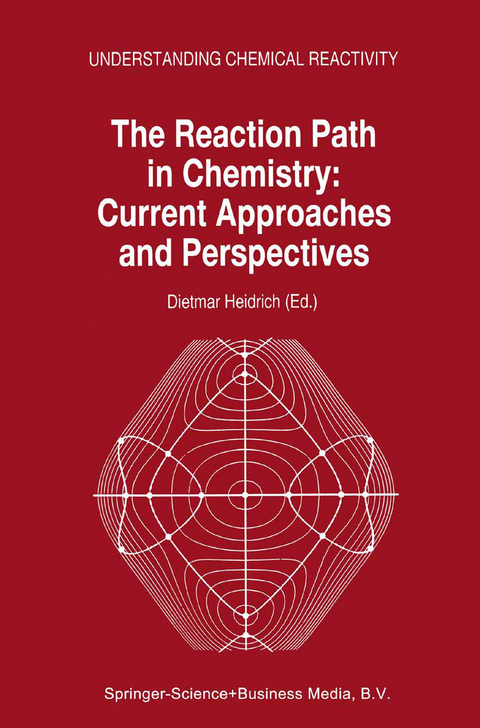
The Reaction Path in Chemistry: Current Approaches and Perspectives
Springer (Verlag)
978-0-7923-3589-4 (ISBN)
An Introduction to the Nomenclature and Usage of the Reaction Path Concept.- From Reaction Path to Reaction Mechanism: Fundamental Groups and Symmetry Rules.- Loose Definitions of Reaction Paths.- Role and Treatment of Zero Eigenvalues of Rotation in the Cartesian Force Constant Matrix along Reaction Path.- The Invariance of the Reaction Path Description in any Coordinate System.- Second-Order Methods for the Optimization of Molecular Potential Energy Surfaces.- Gradient Extremals and their Relation to the Minimum Energy Path.- Density Functional Theory — Calculations of Potential Energy Surfaces and Reaction Paths.- Using the Reaction Path Concept to Obtain Rate Constants from ab initio Calculations.- Direct Dynamics Method for the Calculation of Reaction Rates.- Ab initio Studies of Reaction Paths in Excited-State Hydrogen Transfer Processes.- Viewing the Reaction Path with the Help of Time-Resolved Femtosecond Spectroscopy.
| Erscheint lt. Verlag | 31.8.1995 |
|---|---|
| Reihe/Serie | Understanding Chemical Reactivity ; 16 |
| Zusatzinfo | X, 300 p. |
| Verlagsort | Dordrecht |
| Sprache | englisch |
| Maße | 155 x 235 mm |
| Themenwelt | Mathematik / Informatik ► Informatik |
| Naturwissenschaften ► Chemie ► Physikalische Chemie | |
| ISBN-10 | 0-7923-3589-9 / 0792335899 |
| ISBN-13 | 978-0-7923-3589-4 / 9780792335894 |
| Zustand | Neuware |
| Haben Sie eine Frage zum Produkt? |
aus dem Bereich


